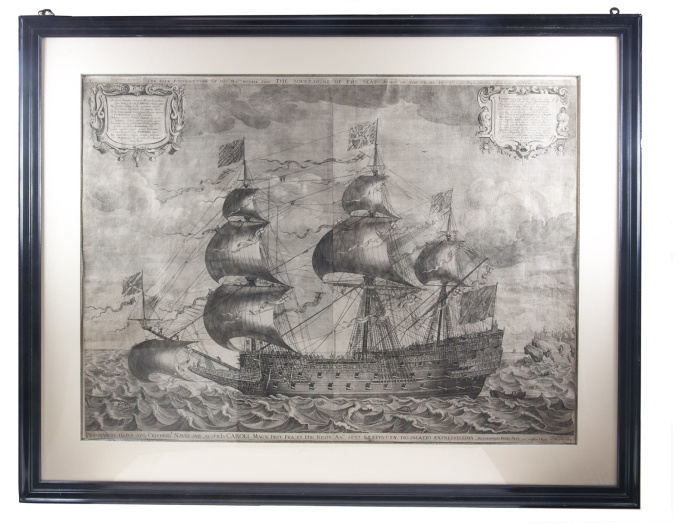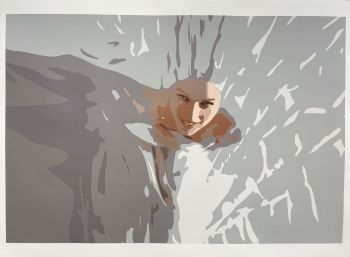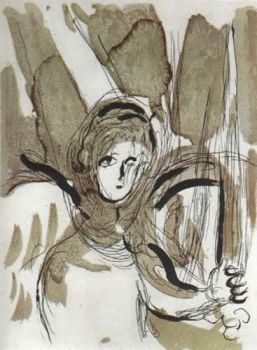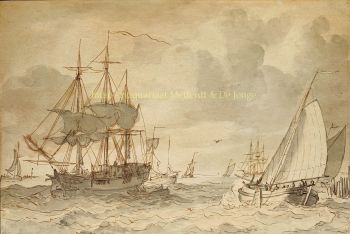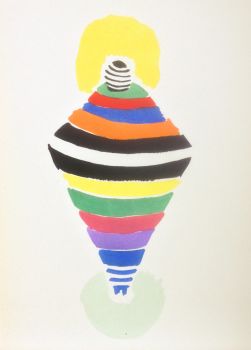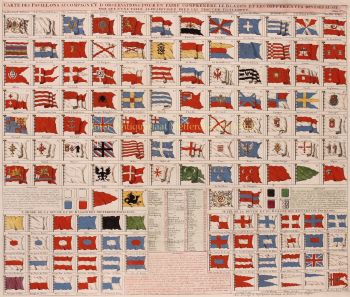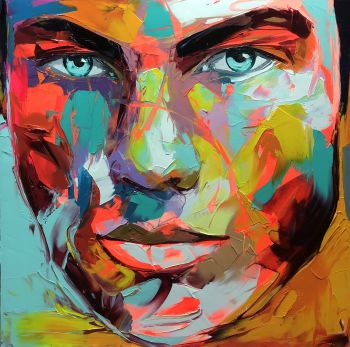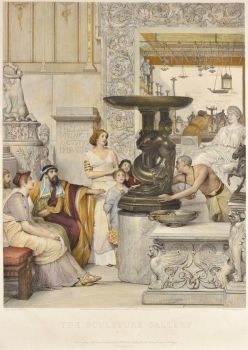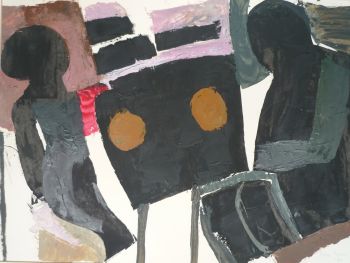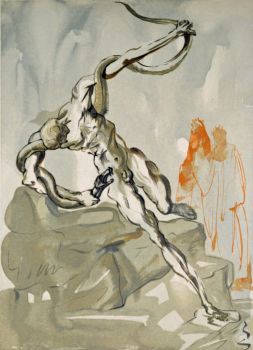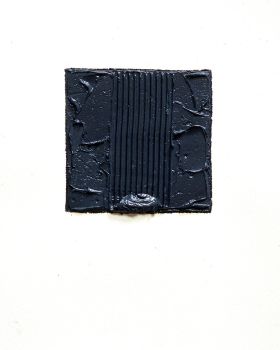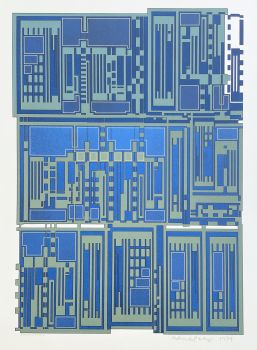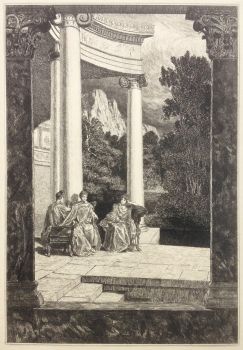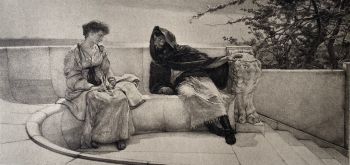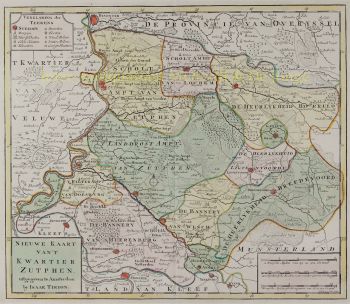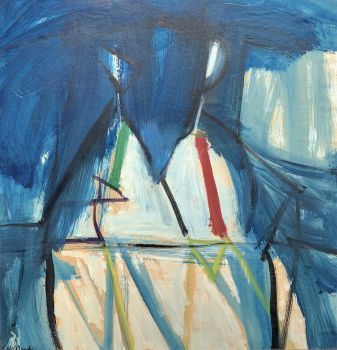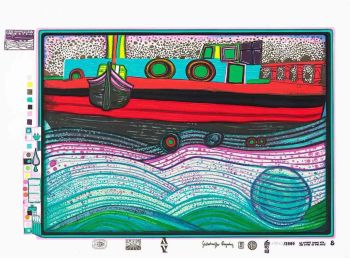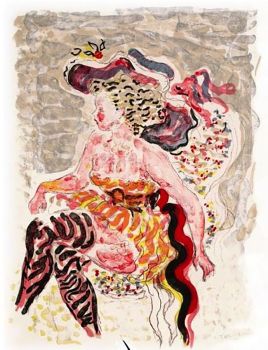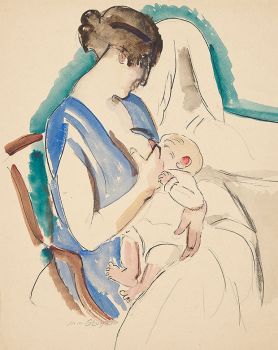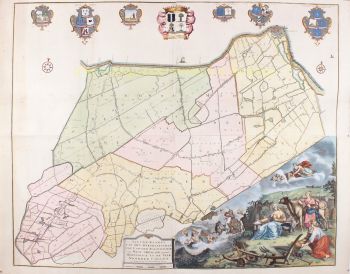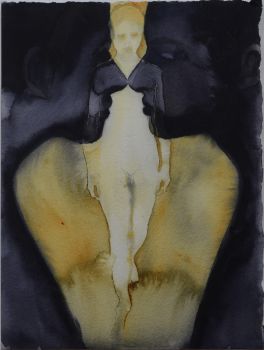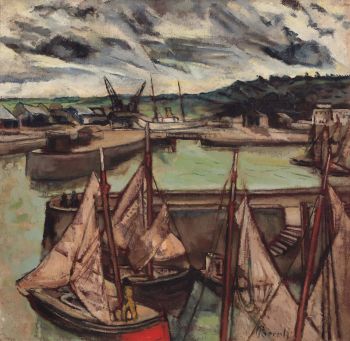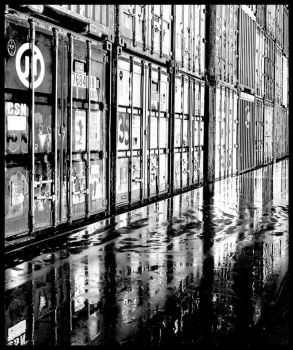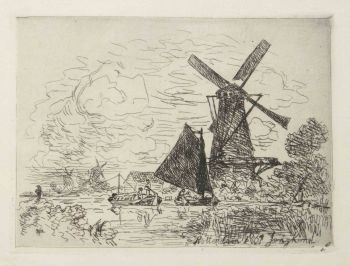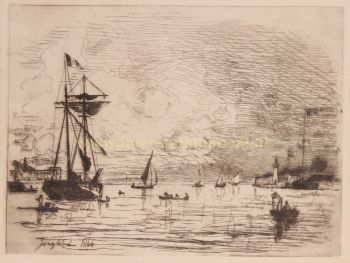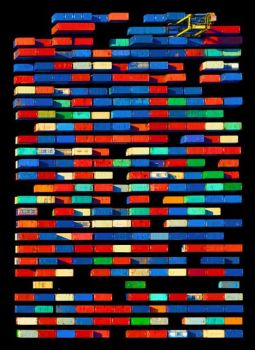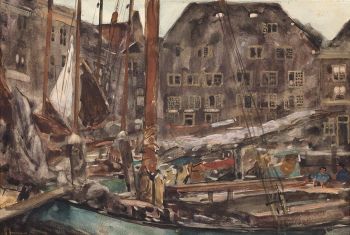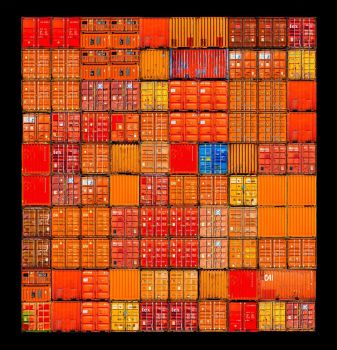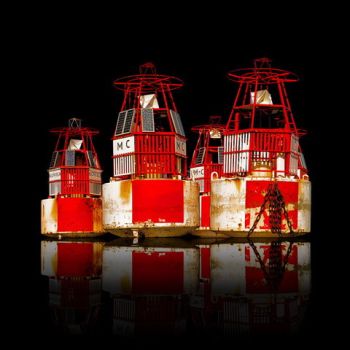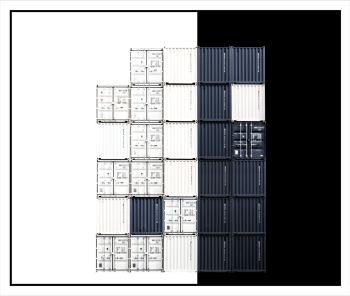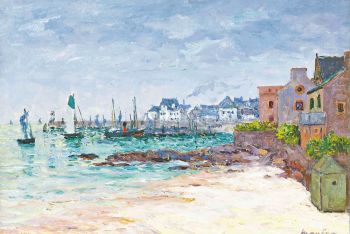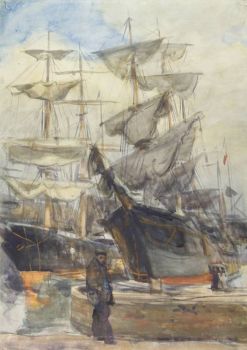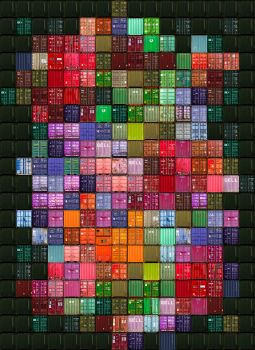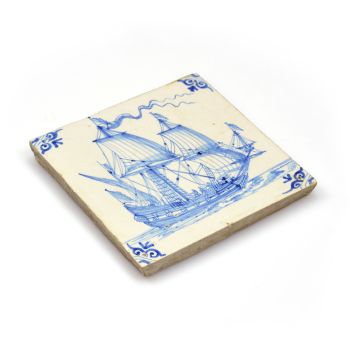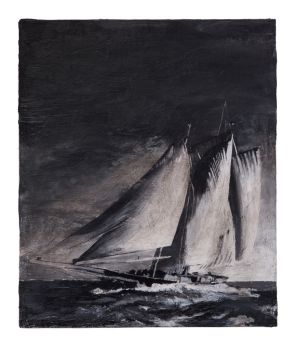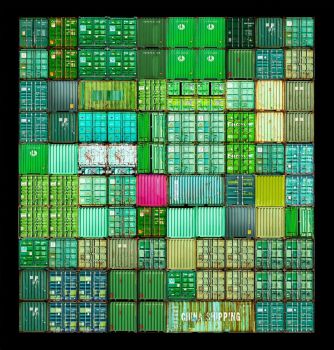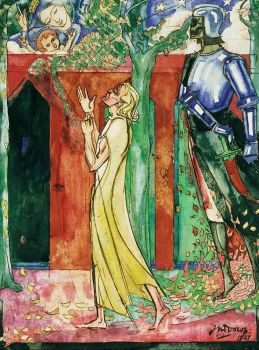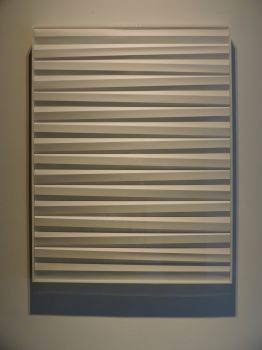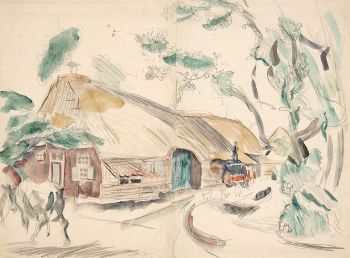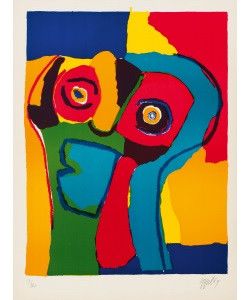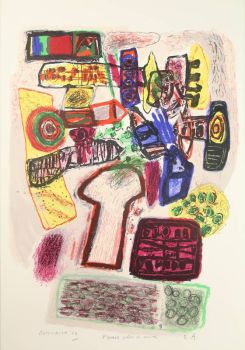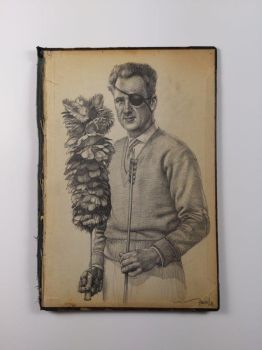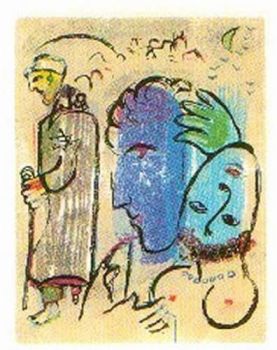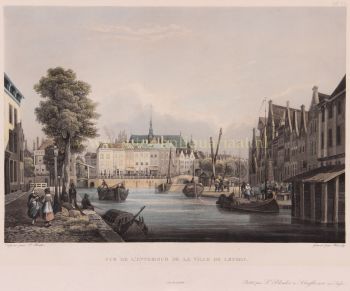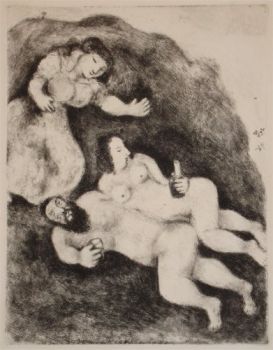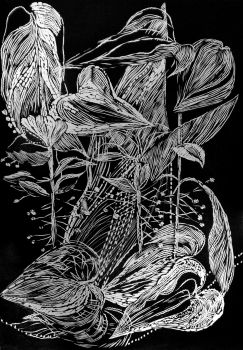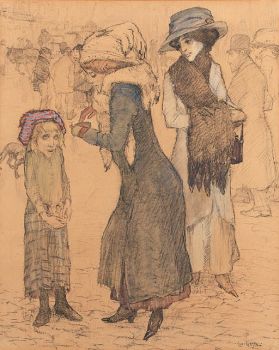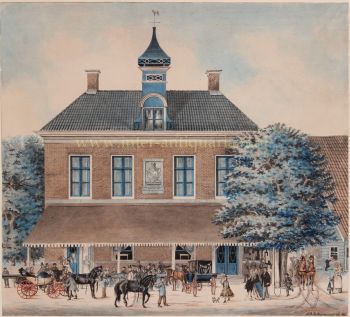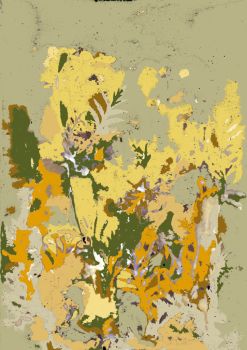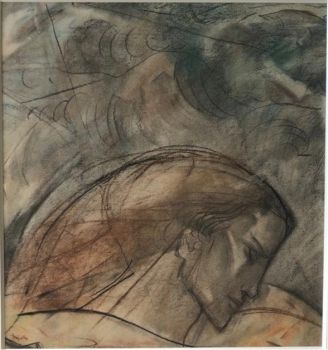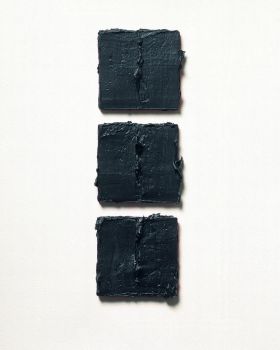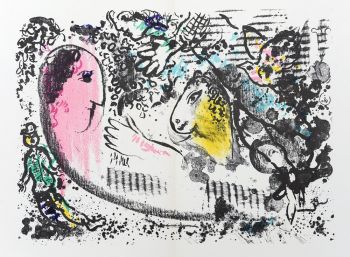Gravura magnífica do navio de guerra do século 17, o “Soberano dos Mares”, ultrapassando todos os se 1637
John Payne
TintaPapel
66 ⨯ 99 cm
Atualmente indisponível via Gallerease
- Sobre arteThe true portraicture of His Ma[jes]ties. royall ship the Soveraigne of the Seas built in the yeare 1637.
[London, Peter Pett, 1637/38]. Large engraving (66.5 x 91 cm), printed from two plates on two sheets, assembled to make a single print. With title in English across the head, a slightly different Latin title across the foot (both outside the image area), Payne's name and privilege to the right of the Latin title, and two decorated cartouches with laudatory verses in the upper corners. In passepartout (not mounted) and easily detachable framed (90 x 114 cm).
Rare and magnificent engraving of the extraordinary 17th-century English warship the Sovereign of the Seas, shown in full sail, flying 5 flags and more than a dozen pennons. With her more than 1500 tons and more than 100 guns, she surpassed all her contemporaries in size and gun power and cost about ten times as much as an average naval gunship. Besides being "one of the best known naval prints belonging to the seventeenth century … extraordinarily rich of detail and of the greatest possible interest" (Chatterton), it is also by far the largest English engraved view to survive from the first half of the century. For the engraving, Payne had, most likely, access to the builder's draughts and plans and must have collaborated with Peter Pett for the engraving to be as representative of the ship as possible.
Trimmed to the printed image at the two sides, not always completely straight, a few small tears (mostly repaired) at the head and foot, a few tiny spots and a tiny blemish, but still generally good, very attractive and printed in a crisp impression.
BM online cat. 1854,0614.252; H. Busmann, Sovereign of the Seas (2002), pp. 39-46 (locates 7 copies); Chatterton, Chats on naval prints, pp. 56-57. - Sobre artistaJohn Payne (1607-1647) foi um gravador inglês, um dos primeiros expoentes da arte da gravura na Inglaterra. Seu melhor trabalho foi o melhor produzido por um gravador nativo que trabalhou durante o reinado de Carlos I. Payne parece ter aprendido a gravura com William e Simon de Passe, e seus modos se assemelham muito aos deles. Dois de seus retratos - os de Robert Devereux, 2º conde de Essex, e Henry de Vere, 18º conde de Oxford - são impressos em molduras gravadas por William de Pass, e é uma indicação de que, no início de sua carreira, Payne cooperou com William de Passe em alguns projetos. George Vertue escreveu no boato de John Sturt, outro gravador, que Payne era um perdulário que amava mais beber do que trabalhar e não era confiável. Por exemplo, ele alega que Payne negligenciou o convite para comparecer à corte de Carlos I, onde lhe seria oferecido o cargo de gravador real. Seu modo de vida irregular resultou em sua morte prematura por "circunstâncias indigentes". Isso deve ter sido por volta de 1647, como Thomas Rawlins em seu Calanthe, publicado em 1648, tem um epitáfio sobre Payne, como "falecido recentemente". Payne tinha considerável habilidade em gravura, e muitos de seus retratos e páginas de rosto têm grande mérito. Seu trabalho principal é a grande gravura, feita em duas placas, do grande navio "The Sovereign of the Seas", construído por Peter Pett em Deptford em 1637. John Evelyn em sua Sculptura exalta essa gravura, bem como os retratos de Payne do Dr. Alabaster, Sir Benjamin Rudyerd e outros. Entre outros retratos gravados por Payne estavam os do Bispo Joseph Hall, Bispo Lancelot Andrews, Sir Edward Coke, Hobson, o Portador, Sir James Ley, Cristão de Brunswick, etc., e entre as páginas de título, as de The Works of John Boys, DD, 1629, e ao Herball de Gerarde, 1633. [3] Antony Gerard escreveu a biografia de Payne no Oxford Dictionary of National Biography e afirmou que "as cinquenta e três placas conhecidas de Payne, que apresentam datas entre 1620 e 1639, e a maioria das quais são frontispícios de retratos ou placas de título de livros, variam amplamente em qualidade. Os piores não são melhores do que os de muitos contemporâneos, mas os melhores, como o retrato de Sir Benjamin Rudyerd de 1632, são excelentes ". A National Portrait Gallery tem quatro retratos de Payne e atribui 55 obras em sua coleção a ele embora alguns sejam "possivelmente por John Payne".
Artwork details
Categoria
Assuntos]
Material e Técnica
Cor
Related artworks
- 1 - 4 / 24
- 1 - 4 / 24
- 1 - 4 / 24

